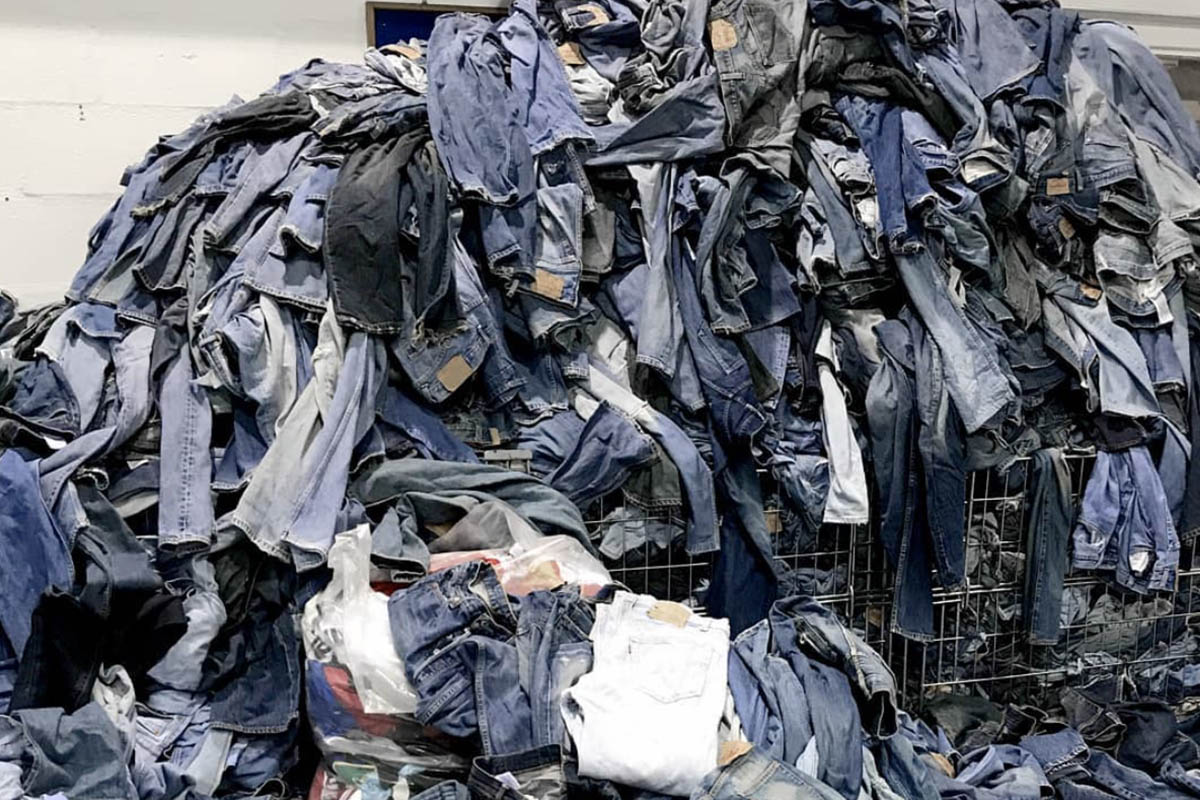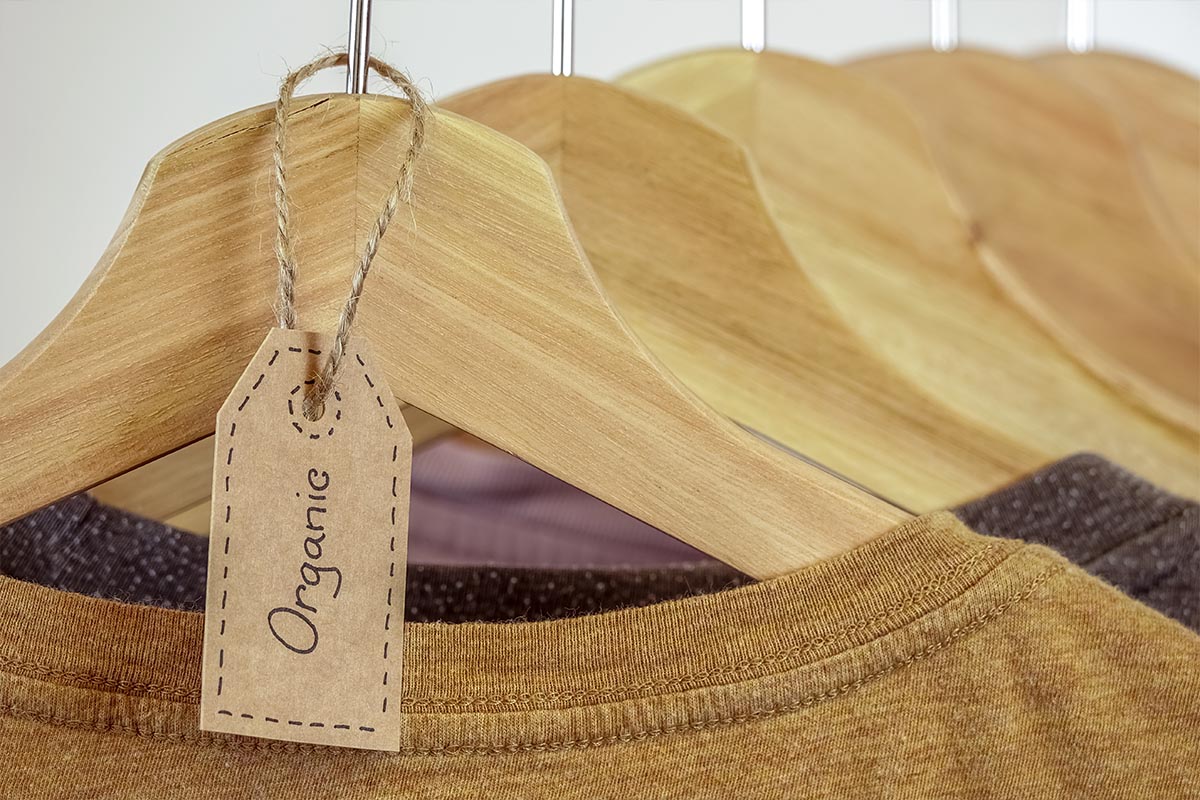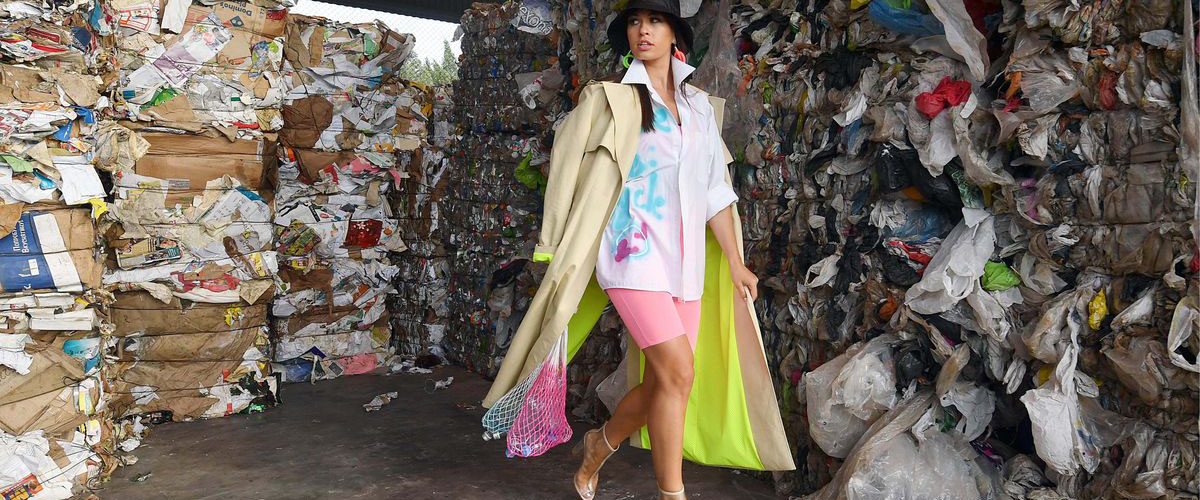This is the first article in our new series “Reduce, Reuse, Recycle” that will investigate the rise of sustainable fashion and fighting the fast fashion epidemic. This article explores how we can all help reduce fashion waste and how small steps can have a big impact.
We all know the world has a waste problem. Everything we buy has to end up somewhere, right? And yet single-use consumerism and fast fashion have led us to become frenzied over the latest “must-have” styles and trends. So what can we do to help reduce fashion waste?
The apparel industry is the second-largest polluter in the world, responsible for the use of toxic contaminants like pesticides in cotton farming and dyes in manufacturing. Not to mention, the tens of millions of tonnes of excess waste that enters landfills. According to a United Nations Environment Programme study in November 2018, the industry produces 10% of global carbon emissions — more carbon emissions than all international flights and maritime shipping combined. Textile dyeing is the second biggest polluter of water globally and is responsible for 20% of global wastewater (according to the study, it takes around 2,000 gallons of water to make a typical pair of jeans).

The good news is that the industry is embracing sustainability to meet the demands of increasingly conscientious shoppers. Ahead of the 2019 G7 meeting in France, 32 major global apparel companies from ready-to-wear, sport, lifestyle and luxury, signed the Fashion Pact — an initiative led by French luxury house Kering — with the aim of setting practical objectives for reducing the environmental impact of the fashion and textile industries. The pact set the industry environmental goals in three areas: stopping global warming by achieving a net-zero carbon footprint target by 2050, restoring biodiversity and protecting ecosystems, and protecting the oceans by removing the usage of single-use plastics.
Companies that have signed on to the historic pact include Adidas, Bestseller, Burberry, Capri Holdings Limited, Carrefour, Chanel, Ermenegildo Zegna, Everybody & Everyone, fashion3, Fung Group, Galeries Lafayette, Gap INC., Giorgio Armani, H&M Group, Hermes, Inditex, Karl Lagerfeld, Kering, La Redoute, Matchesfashion.com, Moncler, Nike, Nordstrom, Prada Group, Puma, PVH Corp., Ralph Lauren, Ruyi, Salvatore Ferragamo, Selfridges Group, Stella McCartney and Tapestry.
How to Reduce Fashion Waste
At The Last Fashion Bible, we are always looking for ways to reduce our individual impact on the environment. We have compiled a list of ideas for you to contemplate how you can reduce fashion waste and lessen your environmental impact through your fashion choices. So what can we fashion enthusiasts do to reduce the environmental and social costs of fast-fashion? Remember, the cycle of waste can be broken. Consider all your options. Choose businesses with responsible practices and follow some of these helpful guidelines to help reduce fashion waste and pollution generated by the apparel industry.
1. Think Before You Buy

Ask yourself, do you really need it? Or do you just want the thrill of buying something new? We tend to think that buying new clothes and accessories will make us happy, but aside from a temporary endorphin rush, if we aren’t going to get lasting use out of something, we are contributing to the waste problem. Evaluate your consumption habits and ditch purchasing behaviour that doesn’t serve you in the long run. The environment and your bank account will be better off for it.
2. Buy Better Quality

Because fast-fashion has enabled trendy clothing and accessories to become so cheap, it’s easy to care less about quality. You can just buy a new one when it sags out in the wash, right? Fast forward a few washes and we’re disappointed when a few wash cycles later the garment already look old or is falling apart.
If we stop buying poor quality, it will push brands to improve the quality of their garments. OK, better quality means a higher price point, but with a little bit of research into who you are purchasing from, you can ensure getting value for every dollar. This lets us to keep our clothes longer, which is good for both our wallets and for the environment.
3. Buy Clothes From Local and/or Sustainable Brands

More and more fashion brands are taking into account the environmental and social impact of their production, including the next generation of local designers like Maggie Marilyn and Benjamin Alexander. However, it’s important to educate yourself before buying off the rack to ensure you know who is making the product and where the materials are coming from to ensure the company’s aren’t simply greenwashing.
The Tearfund list is released every year and rates brands on worker exploitation and supply chains. It is an easy-to-follow unbiased guide featuring 144 New Zealand and Australian brands. Otherwise, doing a little bit of brand research before purchasing and looking at brand ethos will give you a good indication of a brand’s sustainability practices.
While it may seem easier and cheaper to go to the closest shopping centre to refill your wardrobe, the more consumers use their purchase power to demand sustainable clothing, the more will be available. Change is made with how we choose to spend our money. Pricewise, you will pay more for sustainable clothing than fast-fashion, but we can’t continue to ignore the excess waste behind those bargain prices. Remember, organic food was difficult to find 15 years ago — today it is available in most supermarkets.
4. Keep an Eye on Your Washing

Washing clothes has a significant environmental impact. A 6kg domestic wash has the potential to release as many as 700,000 fibres into the environment, which should make you think twice before you pop stuff in the laundry you’ve only worn once. Washing on a lower temperature uses less energy and adopting simple habits, like turning clothes inside out and using garment bags for delicate items, will increase the longevity of your clothing.
5. Invest In Key Pieces

Seems obvious, but first and foremost the more we love and wear the clothes we already own, the less waste will be created. Even the greenest garment uses resources for production and transport to your home, creating some environmental impact. One of the problems is our culture of excessive consumerism and our obsession with current trends. Instead, invest in a core wardrobe of key pieces you can wear season after season. If you need more tips on how to shop for an ethical wardrobe, see our Sustainable Fashion Guide.
It’s up to all of us to play our part to reduce fashion waste and subsequent pollution. Be mindful of where and how you spend your money and support those brands who are taking a step in the right direction.
Stay tuned to The Last Fashion Bible for the next article in our Reduce, Reuse Recycle series.







